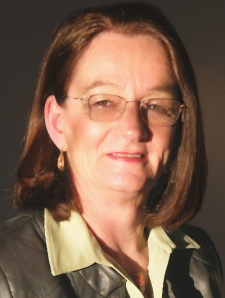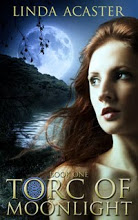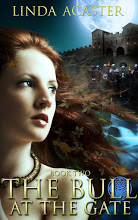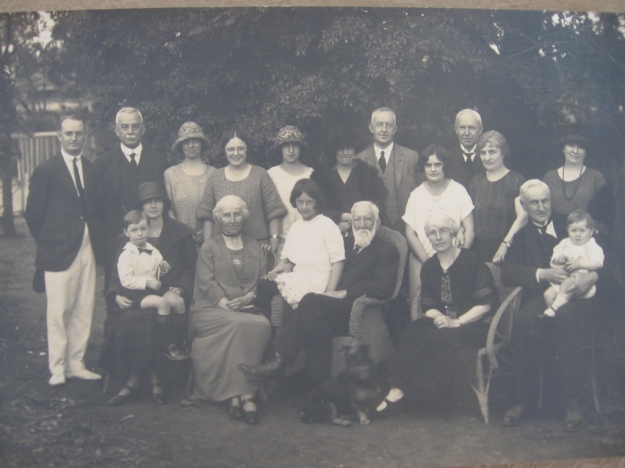In my continuing quest to keep up to speed with self publishing I attended a lecture yesterday evening organised by Kingston University given by Mark Coker, founder and CEO of Smashwords.
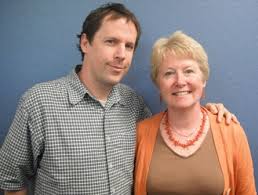
Smashwords distributes ebooks written by indie writers to all outlets, including the Apple store, Barnes & Noble and Amazon etc, for all e-readers including Kobo, Nook, Kindle, and every other device known to man. Smashwords was born out of Coker’s own failed attempt to find a publisher for a book he and his wife wrote back in 2004, despite the backing of a major agent.
Coker is evangelical about self publishing, needless to say. Much of what he told us would be well known to anyone who has published through Smashwords, but it was interesting to hear some hard facts and to get his take on the publishing business as a whole.
Coming from Silicon Valley where, to quote Coker, ‘technology solves everything’, he nonetheless has the ability to explain things in a virtually jargon-free manner. Echoing my own comments on this very site he reiterated that it is not just possible but easy to publish a book with no specific technical skill and with no other software than Word. Here are some of his facts:
Smashwords has gone from publishing 140 books in 2008, when it was founded, to 267,000 in 2013.
In the US ebooks comprise 35% of all book sales in terms of dollars. Since ebooks are invariably cheaper than print books this represents something like 50% of all sales in terms of ‘units’, or books.
Coker’s prediction is that in three years more than half of ebook bestsellers will be self published. He also predicts that in the not too distant future more writers will want to self publish than traditionally publish.
Self published authors make 60%-80% of the list price of their ebook, compared with 12-17% if traditionally published. {Amazon/Kindle indie writers make 70% or 35%, depending on territory.) All e-retailers will accept ebooks by indie writers.
A case study on the importance of book covers, from Apple: the book in question, a romance, was first submitted with a plain cover with the title and author typed on the front. It sold nothing. It was then resubmitted with a new cover, again with a plain two-colour background, with just the title and author name. (I actually thought this looked rather stylish.) Sales remained negligible. The book was submitted yet again with a third new cover, this time featuring a scantily dressed male with his hand down the unbuttoned jeans of a scantily dressed female. Sales went from virtually nothing to 200 a day. Seeing the spike, Apple picked it up and promoted the book and sales went to nearly 2000 a day and hit the New York Times best seller list.
Moral: better to be appropriate than tasteful. ‘Great covers make a promise,’ says Coker.
More interesting facts: free books produce 90 times more downloads than any other. (Whether or not those downloaders actually read the books is another matter.) It is a good strategy for instance if you are producing a series of books to discount the first book to zero in order to attract readers to the second book. If like me you baulk at the idea of anything you produce being given away for free, this kind of strategy makes sense in order to build your readership over a period of time.
Romance writers lead the field, not just in sales but in innovation.
Smashwords’ best selling author is a New Zealander writing about New Zealand in World War 1, who turned to self publishing when publishers told her ‘no one is interested in stories set in New Zealand’.
Coker then outlined his ’16 Best Practices’ for self publishing, some of which are obvious, as in ‘Write a great book’ and then ‘Write another great book’. Produce a great cover. Know your target market. Give books away for free. Unlike with traditional print publishing sales can and very often do start small and grow. (One book spiked when it got a mention in the Wall Street Journal). Maximise availability (ie don’t use Kindle Select, but then he would say that..). Build a platform through social media. At the end of each book include links to your Facebook and Twitter accounts and to your blog and/or website.
Pricing strategy: selling at $1.99 is a ‘black hole’ apparently. The optimum price for sales of ebooks is $3-$3.99. (This is for fiction.)
Pre-orders is the most significant selling tool of all. This is where customers order a book ahead of publication and the orders are credited on the day the book is published, thus creating enough sales in one go to hoist the book into the bestseller list. This presupposes you have been publicising the book over a period of at least four weeks to create sufficient interest and excitement, which means marketing it every day in the pre-order period. To submit as a pre-order go to smashwords.com/pre-order. This strategy, which Coker called ‘cheating’, will only work for so long, until the time when everyone is doing it and so negating its usefulness.
Positivity and partnerships. Develop relationships with fellow authors. Share secrets. Look for other people writing in similar genres, collaborate on short story anthologies (these don’t sell so well but they have other uses, about which I will be blogging in the near future), or box sets of full-length books. Share promotions.
Think globally: in 2013 over 40% of Apple ebook sales were outside the US. Australia was the next biggest market followed by the UK and Canada.
Don’t borrow money (!) because you will not make it back. You are running a business and like all businesses it will take time to make a profit, if it ever does. Keep expenditure to a minimum and don’t pay other people to do things you can do yourself. When and if you start to make a profit, put it back into your business. Ebooks are immortal, they never go out of print. Think of your income as an annuity.
Longer books sell more. For some reason books over 100,000 words sell more than those of 80,000 or so.
I should end by saying Coker did make a point throughout the lecture that the most important thing of all is to write the best book you are capable of writing, and then rewrite it. Edit, revise, edit, revise. I’d like to add to that, if you can, have your book assessed professionally (I recommend The Literary Consultancy, who are currently scrutinising my latest oeuvre).
Smashwords have produced several books on how to convert and market your manuscript, including the Smashwords Style Guide. They can also be found on youtube.com/user/Smashwords.

